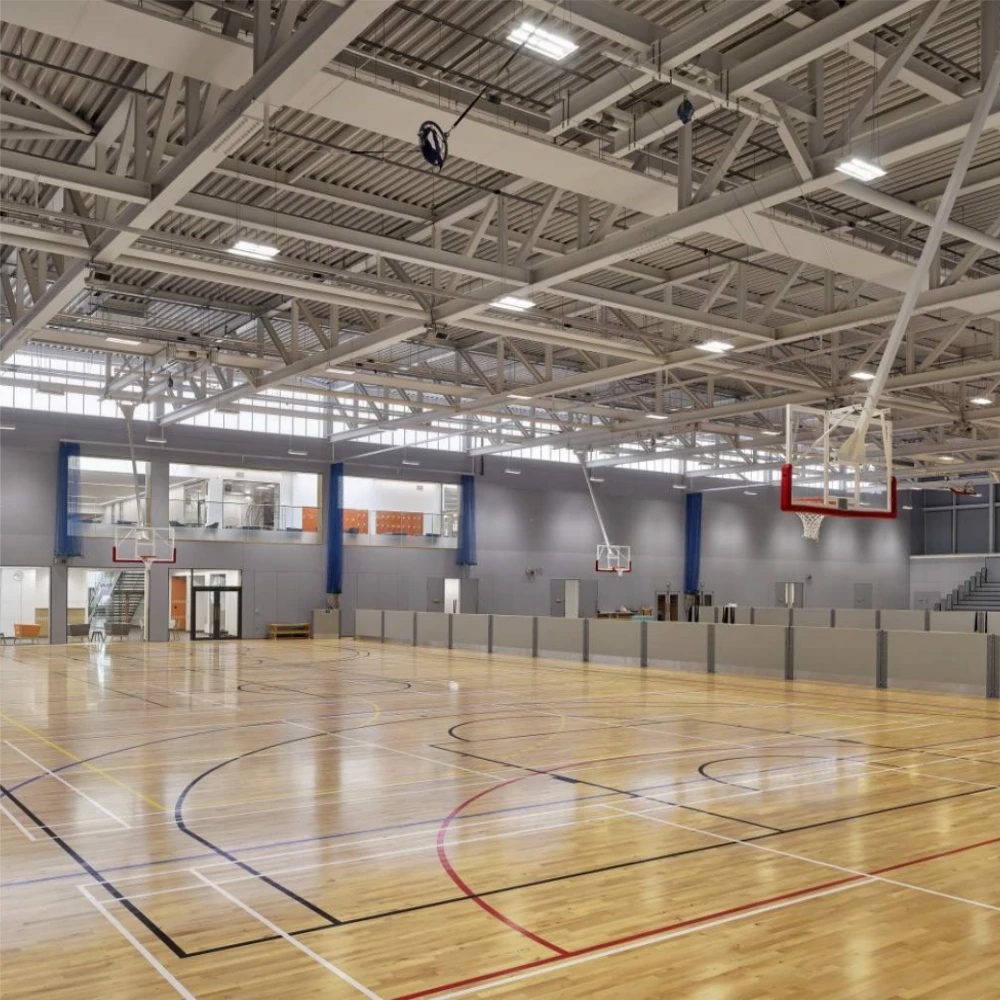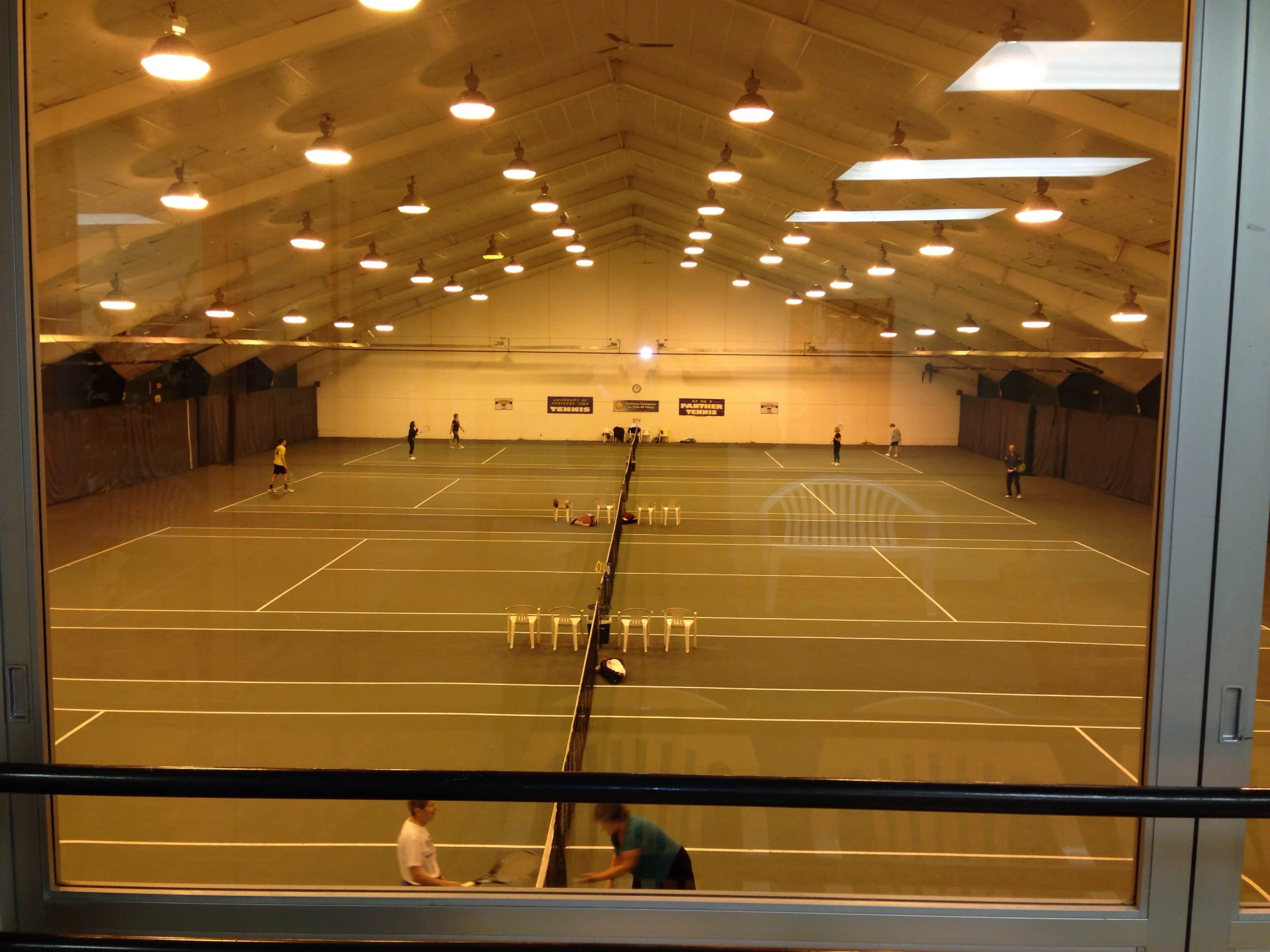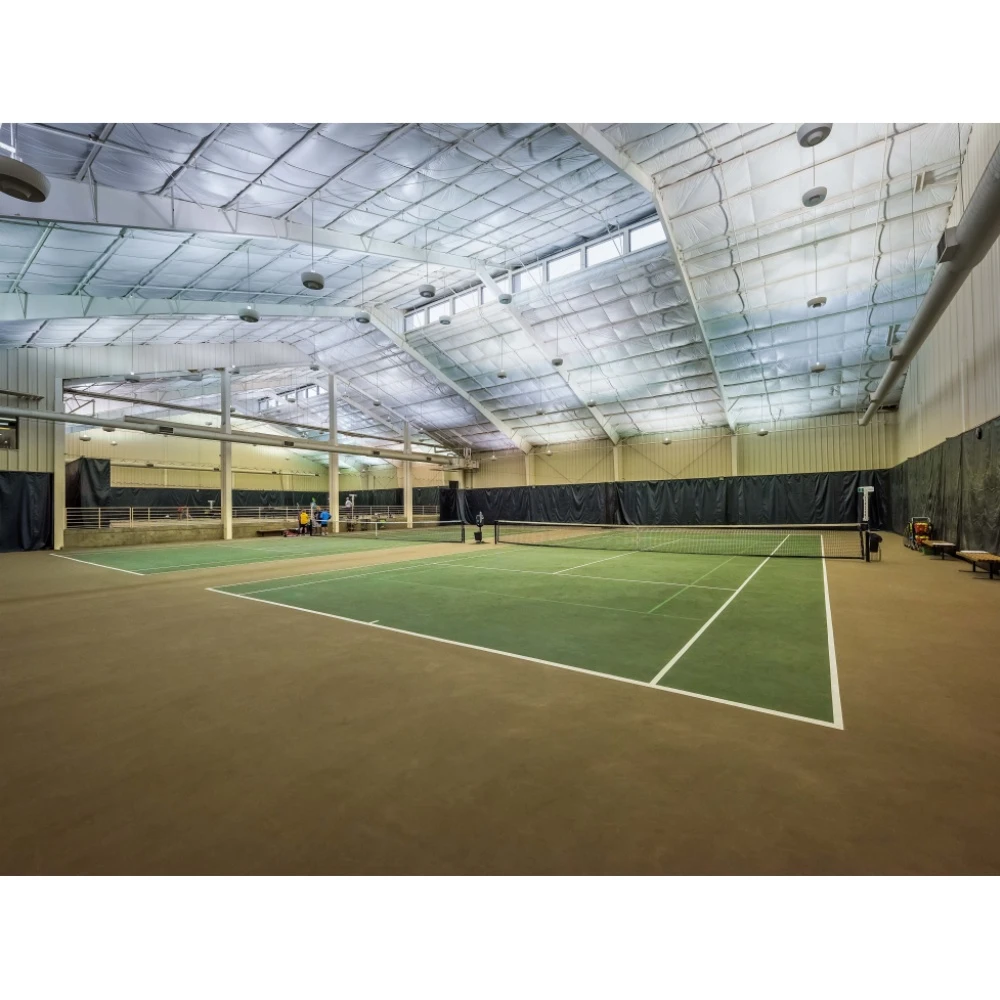- Afrikaans
- Albanian
- Amharic
- Arabic
- Armenian
- Azerbaijani
- Basque
- Belarusian
- Bengali
- Bosnian
- Bulgarian
- Catalan
- Cebuano
- Corsican
- Croatian
- Czech
- Danish
- Dutch
- English
- Esperanto
- Estonian
- Finnish
- French
- Frisian
- Galician
- Georgian
- German
- Greek
- Gujarati
- Haitian Creole
- hausa
- hawaiian
- Hebrew
- Hindi
- Miao
- Hungarian
- Icelandic
- igbo
- Indonesian
- irish
- Italian
- Japanese
- Javanese
- Kannada
- kazakh
- Khmer
- Rwandese
- Korean
- Kurdish
- Kyrgyz
- Lao
- Latin
- Latvian
- Lithuanian
- Luxembourgish
- Macedonian
- Malgashi
- Malay
- Malayalam
- Maltese
- Maori
- Marathi
- Mongolian
- Myanmar
- Nepali
- Norwegian
- Norwegian
- Occitan
- Pashto
- Persian
- Polish
- Portuguese
- Punjabi
- Romanian
- Russian
- Samoan
- Scottish Gaelic
- Serbian
- Sesotho
- Shona
- Sindhi
- Sinhala
- Slovak
- Slovenian
- Somali
- Spanish
- Sundanese
- Swahili
- Swedish
- Tagalog
- Tajik
- Tamil
- Tatar
- Telugu
- Thai
- Turkish
- Turkmen
- Ukrainian
- Urdu
- Uighur
- Uzbek
- Vietnamese
- Welsh
- Bantu
- Yiddish
- Yoruba
- Zulu
Nov . 29, 2024 13:04 Back to list
Small Agricultural Buildings Essential Components for Sustainable Farming
In the realm of agriculture, the efficiency and productivity of farming operations can often depend heavily on the infrastructure in place. Among these, small agricultural buildings play a pivotal role in the overall functionality of a farm. These structures, usually modest in size, serve various purposes from storage to housing livestock, and their significance cannot be overstated in the context of sustainable farming.
1. Versatility of Function
Small agricultural buildings have a plethora of functions that cater to the diverse needs of farmers. These can include barns, sheds, greenhouses, and storage units. Each of these structures is designed with specific agricultural needs in mind. Barns are often used for livestock housing, providing shelter and protection from the elements, while storage sheds are essential for keeping equipment, tools, and supplies organized and in good condition. Greenhouses extend the growing season for crops by protecting them from harsh weather conditions while controlling their environment to optimize growth.
The flexibility of these buildings allows farmers to adapt their use according to current needs. For instance, a barn may primarily serve as a storage facility during the off-season, and later be converted to accommodate livestock during the peak farming season. This multifunctionality is particularly beneficial in small-scale farming, where space and resources may be limited.
2. Enhancing Productivity
One of the critical advantages of small agricultural buildings is their contribution to increasing productivity. By providing adequate shelter and facilities, farmers can ensure the health and welfare of their animals and crops. For example, livestock that is properly housed in a well-ventilated barn are less susceptible to illness, which can lead to improved productivity in terms of milk or egg production. Similarly, crops grown in a greenhouse can yield higher quality produce due to the controlled environment, allowing for better pest management and disease control.
Moreover, having dedicated spaces for storage and equipment maintenance can significantly reduce time lost in searching for tools or managing supplies. This organization not only enhances productivity but can also lead to better time management for farmers, allowing them to focus on more critical tasks that drive their operations forward.
small agricultural buildings

3. Economical and Sustainable Options
Constructing small agricultural buildings can be a cost-effective solution for farmers. Many of these structures can be built using locally sourced materials, reducing transportation costs and environmental impact. Additionally, a range of alternative building materials can be utilized, including recycled items and natural materials, which aligns with the growing trend towards sustainability in agriculture.
The operational benefits associated with small agricultural buildings are significant. They can contribute to reducing waste, conserving energy, and protecting natural resources. For example, utilizing a rainwater collection system integrated into the roof of a greenhouse can help minimize water consumption, making farming practices more sustainable.
4. Community and Local Economies
Small agricultural buildings also have a role in strengthening community ties within the farming sector. These structures can serve as meeting points for local farmers to gather, share knowledge, and collaborate on best practices. By fostering a sense of community, farmers can improve their collective resilience against challenges such as climate change and market fluctuations.
Additionally, local economies benefit from the construction and maintenance of small agricultural buildings. Supporting local builders, suppliers, and craftsmen not only creates jobs but also stimulates local economies, helping communities thrive.
Conclusion
In the world of agriculture, small agricultural buildings epitomize the blend of functionality and sustainability. As agriculture continuously evolves to meet modern challenges, these structures become increasingly vital. They support productivity, promote sustainability, and fortify community ties, making them indispensable assets in the agricultural landscape. As farmers embrace the potential of small agricultural buildings, they contribute not only to their success but also to the broader goal of sustainable farming practices that benefit society as a whole.
-
How Do Prefabricated Steel Structures Transform Modern Construction?
NewsJul.14,2025
-
How Do Prefabricated Metal Buildings Redefine Modern Construction?
NewsJul.14,2025
-
How Do Prefab Insulated Metal Buildings and Steel Structures Revolutionize Modern Construction?
NewsJul.14,2025
-
How Do Pre - Engineered Steel Structures Redefine Modern Construction?
NewsJul.14,2025
-
Advancing Modular Construction with Prefabricated Metal Structures
NewsJul.14,2025
-
Advancing Industrial Infrastructure with Prefabricated Steel Solutions
NewsJul.14,2025
Products categories
Our Latest News
We have a professional design team and an excellent production and construction team.












